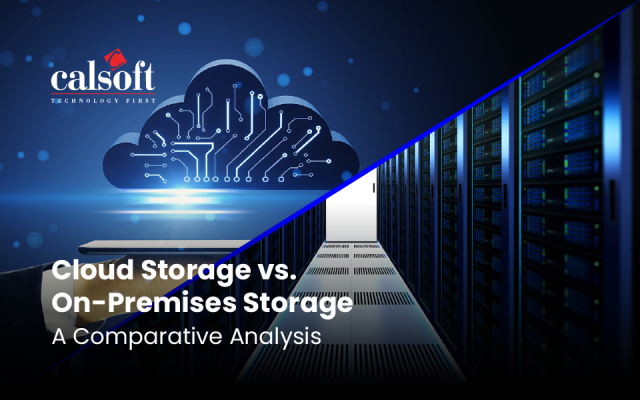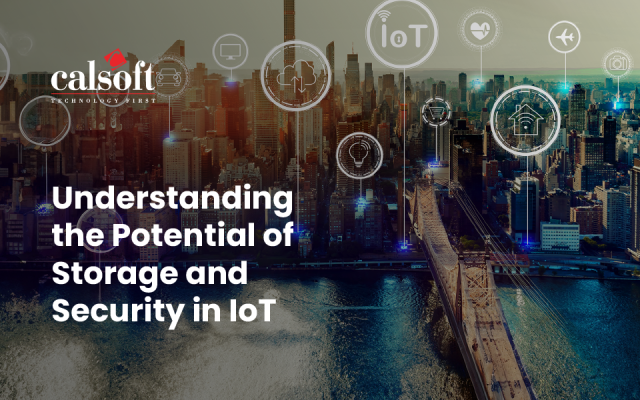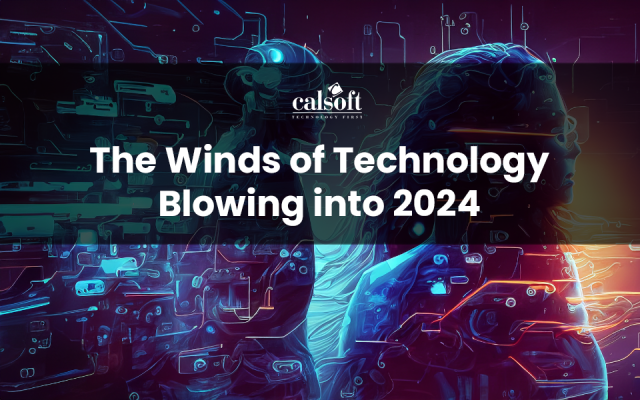A SSD (solid-state drive) is a device which uses an assimilated circuit as memory to store data persistently. Unlike HDD, SSD does not have any mechanical moving components and compared to other electromechanical disks, SSD is shock resistant, does not make noise, is faster, and has lower latency. Server hard drives have not been able to match the advance in CPU speed, resulting in a lag which causes limitations in database and caching applications, especially for software-as-a-service and cloud computing applications.
SSD Adoption: Business Value
As cloud computing becomes increasingly popular, the issue of performance lag in applications continues to pose an ever greater challenge. While some appliances have been designed to tackle this problem, their high price renders them unaffordable. One of the most popular solutions that has emerged to address this challenge is the introduction of SSD/Flash into data centers; which helps exponentially increase efficiency while keeping costs low.
Storage Tiering
Storage tiering software moves data which is not used frequently to slower storage systems, ensuring that only highly accessed data is maintained in expensive and high performance SSD storage. This enables a fair amount of savings with respect to product cost. Storage tiering can be implemented at the host side or at the array side.
PCIe-based SSD storage with caching software
PCIe- based SSD storage innovatively provides high performance for slow backend storage scenarios. The device driver for each PCIe card makes the high performance possible.
Wear leveling support
Write operations need to be spread evenly to improve the overall life span of a SSD array and nullify the wear effect. Specific algorithms implemented within the device driver software provide wear leveling support.
Software-defined storage
Software-defined storage adds huge value to SSD solutions by way of feature rich software layers on top, such as JBOF. Software-defined storage on top of SSD storage enables advanced features like object level RAID, object snapshot, and object replication.
Software optimization
Traditional storage stack software like RAID was written to suit slow disk storage. Several companies today provide help with optimization of file systems, RAID, and volume managers to ensure compatibility with SSD storage.
Virtual environments
Specially written SSD storage device drivers for virtual environments judiciously provision precious SSD storage. In a clustered hypervisor environment, a SSD storage pool is formed out of available SSD storage on all hypervisors. This solution makes unused SSD storage on remote hypervisors available for use on those hypervisors that need storage.
[Tweet “SSD – Adoption and Business Value ~ via @CalsoftInc”]






